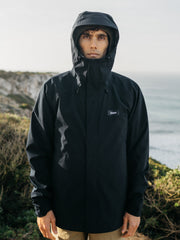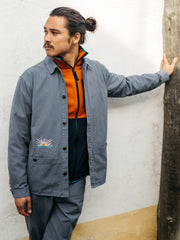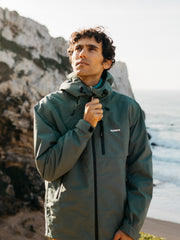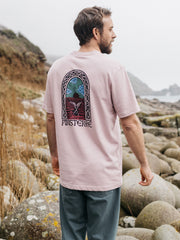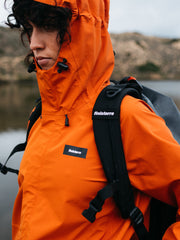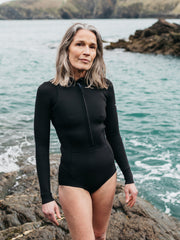His ideas would bring him ridicule from certain quarters. They were, after all, radical for their time. And Darwin would spend the next 20 years after his epic voyage gathering a mountain of evidence to support his arguments. Although his theories were controversial, he provided such a wealth of evidence to support his claims that by the 1870s (just over a decade after publishing his work) the theory of natural selection was widely accepted in scientific circles and by the educated public.
Whilst travelling the seas aboard HMS Beagle Darwin suffered from terrible seasickness, yet still used his time to make scores of scientific notes and write in his journal – which would later be published and make him a well-known writer, years before he would bring his theories of natural selection into the public eye.
It is from those same notes and journals that we developed the all-over print that is featured in our collaboration with the Natural History Museum. To save on paper, Darwin would often use a page more than once, filling it up before turning it to the side and writing horizontally across what he had already scrawled down. This feature is visible in our print, in Darwin’s own highly recognisable handwriting, and we’ve even included his signature, taken from the guest book of the Museum which would later erect a statue of him in the main hall, in recognition to his contributions to natural science.
As we move into a critical time for the future of our planet, the value of human experience has never been greater. We must learn the lessons of the past so that we might better preserve the natural world for the generations that will follow us. So that they can marvel at its wonders, in the same way that Darwin did all those years ago.


